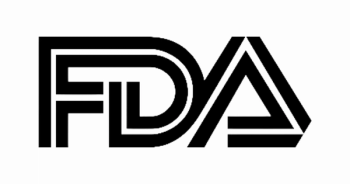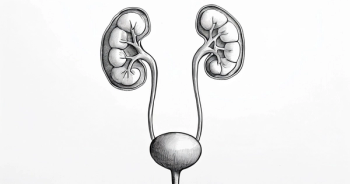
Targeted Therapies in Oncology
- December I, 2024
- Volume 13
- Issue 15
- Pages: 7
AlphaFold AI Sets Stage for Future Approaches in Cancer
The 2024 Nobel Prize in Chemistry highlights AI-driven breakthroughs in computational protein design and structure prediction. Tools like AlphaFold promise faster development of targeted cancer drugs and transformative advances in oncology and medicine.
AS WE SEE each fall, the annual Nobel Prize winners have been announced. Although we would normally keep a close eye on the Nobel Prize in Physiology or Medicine, which has immediate or existing impact on patients, this year’s Nobel Prize in Chemistry provides an exciting glimpse into where a future prize in medicine may come from scientifically. Indeed, we have all considered the impact of artificial intelligence (AI) and computational advancements in population-based health, analysis of large data sets, or complex gene expression analysis of tumors or lymphocytes in the study of immunotherapy. However, the recently awarded Nobel Prize in Chemistry is a reminder of an earlier stage in the development of a major scientific advance.
Half of the 2024 Nobel Prize in Chemistry was awarded to David Baker, PhD, “for computational protein design.” The other half recognized Demis Hassabis, PhD, and John Jumper, PhD, MPhil, MS, “for protein structure prediction.” The prize recognizes the use of AI-based programming with a tool that they created called AlphaFold to predict 3-dimensional protein structures based on the linear amino acid sequence of a protein, which is encoded by a gene. This is the Holy Grail after decades of experimental attempts to predict how a protein would exist in biology and nature based on its sequence.
One might ask, why is this perceived to be so important for cancer biology and oncology? The recent advance in developing second-, third-, and fourth-generation tyrosine kinase inhibitors (TKIs) is perhaps an instructive example. Until this point, a hit-or-miss experimental approach would be taken using some knowledge of the protein pocket and protein modifications that a TKI needed to have specific binding activity as a drug inhibitor and/or to modulate potential off-target effects, such as toxicity that can be mediated.
The more specifically an inhibitor drug can bind to a particular pocket as a next-generation TKI or any other biological activity of the oncology drug, the faster we can synthesize the appropriate protein or drug structure. Therefore, although early and nascent, the AlphaFold or similar software and AI-based protein-folding advance recently recognized by the Nobel Committee should pave the way for much more rapid prediction, testing, and therefore synthesis of novel protein-based drugs and proteins to modify the cancer cell, the immune system, or any other physiology that we intend to regulate or inhibit
Articles in this issue
12 months ago
Frontline Approaches in CML Headline 2025 Conferenceabout 1 year ago
177Lu-Dotatate Is a Viable Treatment in Meningiomaabout 1 year ago
Six Tips for Identifying Go-Getters for Your Practice







































